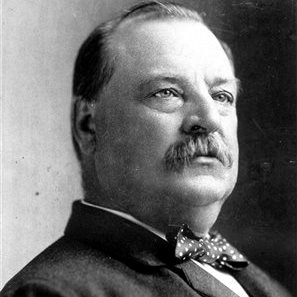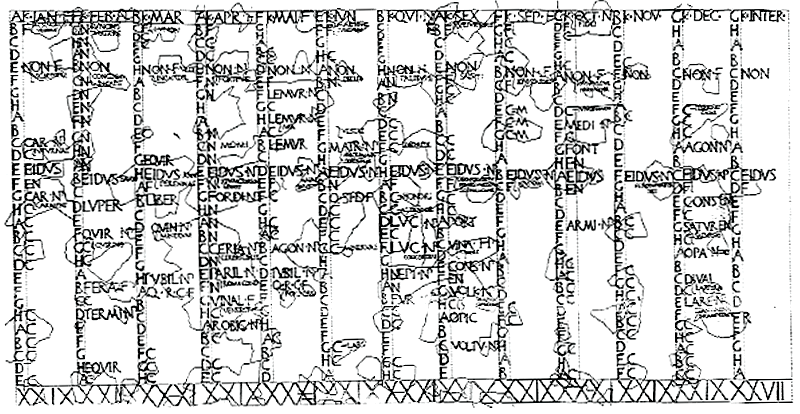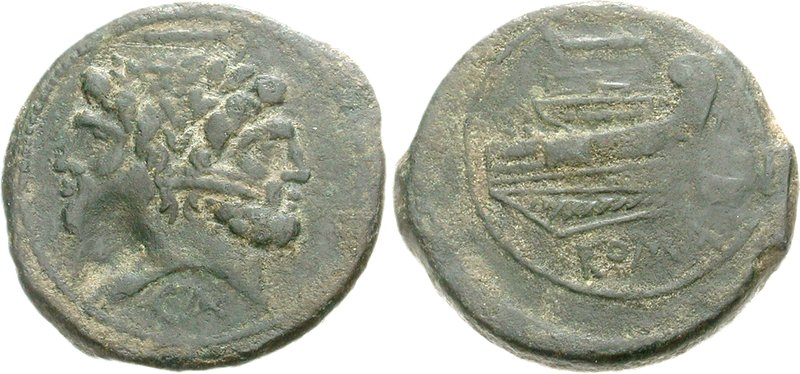Setting the Scene: May 25th, 1787, Pennsylvania State House in Philadelphia.
Gathered in the same room where the Declaration of Independence was signed (11 years earlier) are 55 criminals of Britain of whom a few names ring out quite loudly. George Washington, Benjamin Franklin, Alexander Hamilton, and the chief architect of the Constitution - James Madison, Jr. This document, though not very long, was the culmination of several plans - neatly compromised into the document that was signed September 17th, 1787 - Full ratification was not until June 12, 1792. 40 of 55 signed it (not everyone could stay or wanted what was written) and 12 of the 13 states were represented (Rhode Island sent no representative) Ages of these men ranged from Franklin at 81 to Jonathan Dalton at age 26. 23 were Revolutionary War veterans. Roger Sherman of Connecticut was the only one present to have signed the Articles of Association, the Declaration of Independence and the Articles of Confederation. These men were well aware of the reason they were present and the stakes that lay before them and their new country. Of the signers the following were not Christians (some only interned in Christian institutions): James Madison, Benjamin Franklin, George Washington, Gunning Bedford, Jr., Daniel of St. Thomas Jenifer, Richard Dobbs Spaight, George Clymer, Gouverneur Morris, John Langdon, Nicholas Gilman, Nathaniel Gorham, Roger Sherman, Rufus King, William Blount, Jared Ingersoll. That's 15 out of 40. While searching through the memoirs and writings of the founding fathers, there were key themes that drove them at this conference, in no particular order:
Freedom of religious practice.
Not having religious practice be as a mandate for government service.
Fair representation by the people in the new government.
Purposely having no religion in the document whatsoever.
Madison and Washington, were both classified as Diests. These two Presidents of the Enlightenment were staunchly opposed to religious involvement in government. That is what they were escaping when they came to this land. Washington would not go on record, even to his dying day, for what faith he trusted. He mentioned it would only serve to divide the people. When confronted by clergy that there lacked mention of Jesus Christ in the Constitution, Washington said, "...the path of true piety is so plain as to require but little political direction", and in a letter "Religious controversies are always productive of more acrimony and irreconcilable hatreds than those which spring from any other cause."
Madison, as president, was so staunch in the separation of church and state that even the issuance of sanction, where no money would ever be involved, was too much and denied.
The Enlightenment, the age from which our founding fathers pulled this nation together, was an age of science and reason. Benjamin Franklin as a scientist invented the lightning rod. The church frowned upon this fantastic invention at the time as it prevented the almighty from smiting people with lighting - I kid you not.
The church, ANY church, while teaching from a stagnant book of allegorical tales spun from tribe to tribe in the deserts of the "promised land" has no business influencing policy for a nation of people that don't agree with the passages of their teachings. This is true from religion to religion where they even share the same texts or same story but interpret them differently. What are laws? Laws are merely the moral structure of a people, converted into enforceable rules of conduct. As soon as you legislate a belief and not a fact, then you have done the entire culture a disservice and made it that much easier for the infringement to be done again, and again. Faith Based Initiatives, National Day Of Prayer, Congress being opened by a Priest with a prayer, Governors having church sponsored lunches, having religious iconography on public (taxpayer supported) property, anything that provides favoritism to belief... These are the things that erode, in completely natural ways, the fundamental division that keeps this nation thriving. Religion has served to obstruct progress at every turn, as progress usually means the loss of control for their dogma. Contraception means that the church can no longer mandate sexual practices. Did you know that sodomy is often considered any position other than "missionary"? Did you know that until 2003 (Lawrence v. Texas), sodomy was illegal in nearly every state? Religion is as much about its control as it is good works. I argue that religion is not required to do good works, and you certainly can control yourselves. If you think you require morals from the church to guide yourself or your government, then you are fooling yourselves. "Morals" existed long before there was a chosen people wandering the desert, or the Sumerians invented glue 7,000 years ago, or when the Japanese invented pottery over 10,000 years ago. The Golden Rule existed as a concept, since it is such a simple one, (expressed neatly by Wil Wheaton as "Don't Be A Dick") long before the ancients figured out writing. The case is made clearer by the plain fact that if we had been so unruly, then we would have never figured out how to write down rules in the first place.
Back to the rules, simply put, there is nothing that religion can offer law or science that these fields would be unable to figure out on their own through generalized good behavior and diligence... To allow the two to mix is to return steadily to the dark ages where the church was law and people were burned at the stake for speaking the truth.
"I believe that God wants me to be President" - George W. Bush
W. A. Criswell (Reagan's choice for the 1984 Benediction of the RNC) said, "The separation of church and state is the figment of some infidels imagination." Criswell introduced Reagan to a large group of fundamentalist Christians in 1980 and Reagan said to them "I know you can't endorse me but I want you to know that I endorse you." Reagan continued to erode the separation when he said, "When our Founding Fathers passed the First Amendment, they sought to protect churches from government interference. They never intended to construct a wall of hostility between government and the concept of religious belief itself."
Reagan was heavily supported by Jerry Falwell and Pat Robertson, to get into the Whitehouse. It was at that time that the "Religious Right" was born. Since then, every endeavour has been made to twist the purposely secular founding of the nation into a Christian Fundamentalist Ruled empire, where nationalism is measured by Bible verse.
Thomas Jefferson penned the words "Separation of Church and State".
James Madison penned Government and Religion are served by: "the total separation of Church and State."
In 1817 Madison publicly stated that "a national day of prayer would imply and certainly nourish the erroneous idea of a national religion."
Also Madison - "Establishment of a chaplainship to congress is a violation of equal rights as well as constitutional principles."
Given that I am quoting the principal author of the Constitution, I would say his words deliver the purest intent of those documents to separate fully the religious from the government. Don't let anyone try and insinuate different, when you can cite the source.



























